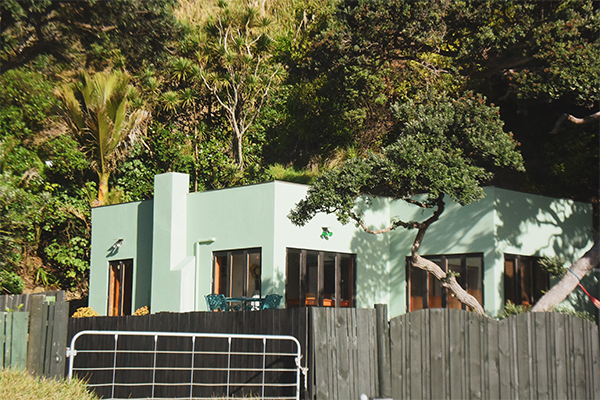Introduction
With 34% of New Zealand population living in Auckland, this city has been through both economic and social transformations and turned into a region with higher residential and employment density in the city centre while residential and employment density is comparatively lower in its extending area (McArthur, 2017). In this circumstance, the increase of housing prices in Aucklandbecomes an urgent problem to be taken under control.
It is illustrated by Greenaway-McGrevy and Phillips (2015) that the housing bubble in Auckland started in its metropolitan area since 2013. Moreover, the inequality of overall economic situation becomes more and more serious (Malva, 2016). This paper will evaluate the price change with potential government intervention measures, including the existing economic justification behind.
Evaluation of the change
Auckland’s average real house values have risen by 34% since 2007 while the rest of New Zealand average real house prices have declined by 6% (Insch, 2018). Under this special circumstance, there are several significant demand and supply shifters which are related to the change in housing price of Auckland. In terms of that, the first one to be discussed here is the consumer preference. As stated above, the spatial form of Auckland shows higher density in downtown area, which results in more obvious price increase in metropolitan area compared to the overall situation.
Secondly, buyer’s expectations, as a factor affecting the demand curve, may contribute to the price change in house rental market because more people would tend to delay their purchases based on the expectation of the decrease of housing price in the future. Thirdly, the components of population would also influence the change in price. As shown in Figure 1, it can be seen that international population growth has been a significant factor since 2012 among all the components. This might bring the instabilities to the Auckland housing market.
Figure 1: Population growth in Auckland (Statistics New Zealand, 2015)
In terms of significant supply shifters, the labor cost would be one factor affecting the housing market as well. For example, scarce labour resources, especially the specialists, would cause increase of cost in all related industries. The other one might be the land resources of Auckland as the city has been attracting more and more people for settlement over the past centuries due to its geographical advantages and this trend will also continue in the future (McAuthur, 2017). Due to this concern, the Auckland Council has made commitment to the provision of affordable housing through the Auckland Plan coming out in 2012, which identified 400,000 more dwellings will be provided by 2040 (Murphy, 2016).
Government intervention
Potential government interventions should be considered aiming to solve different types of failures or outcomes of housing bubbles, including homelessness, inequality, geographical immobility and social issues, such as increasing crimes (Lam, 2011). Meanwhile, Auckland Council is aimed to ensure the city will continue to be one of the most liveable cities by being adopted to a model of compact city (Insch, 2018). Thus, 4 potential types of government intervention would be implemented, including funding measures, tax policy, subsidies and legal regulations, such as intervention on interest rates, especially for mortgage.
These methods would be also able to correspond to the specific issues mentioned in last chapter by covering the issues regarding limited resources and business development. One demand intervention, for instance, more job opportunities seems to be generated in Auckland, which will become an effective support for low-income families (Insch, 2018). Auckland has been successful both regionally and internationally in business development and is promisingly in attracting more business investment and tourism with the evidence of contributing 37% of New Zealand’s GDP in 2015 (Statistics New Zealand, 2015). This provides a firm foundation for the implementation of the intervention.
On the other hand, one supply intervention could be that Auckland government starts to release more land resources, as illustrated in the Auckland Plan released in 2012, in order to relieve the pressure of the increase of housing price as the increase of supply would result in lower price of the good in the market. This intervention has been proved to be effective and cost efficient for the special housing area in the housing market (Murphy, 2016). Besides those, overseas buyers are believed to be the major driving factor in the trend of increasing house prices, which is also believed that overseas buying will be limited by the government in order to balance the demand and supply in Auckland housing market (Findsen, 2005).
Economic justification
Government intervention should be undertaken based on the necessity of the current situation. Considering Auckland’s real house values is rising while there is a decreasing trend for the rest of the country, it is important to analysis the specific situation and therefore clarify the direct goal in terms of recovering and booming the housing market. This lea

